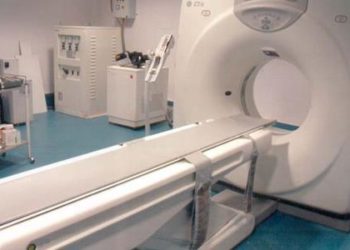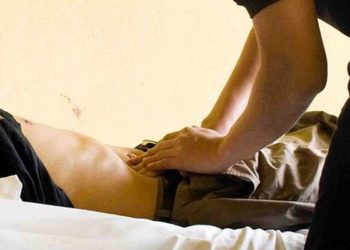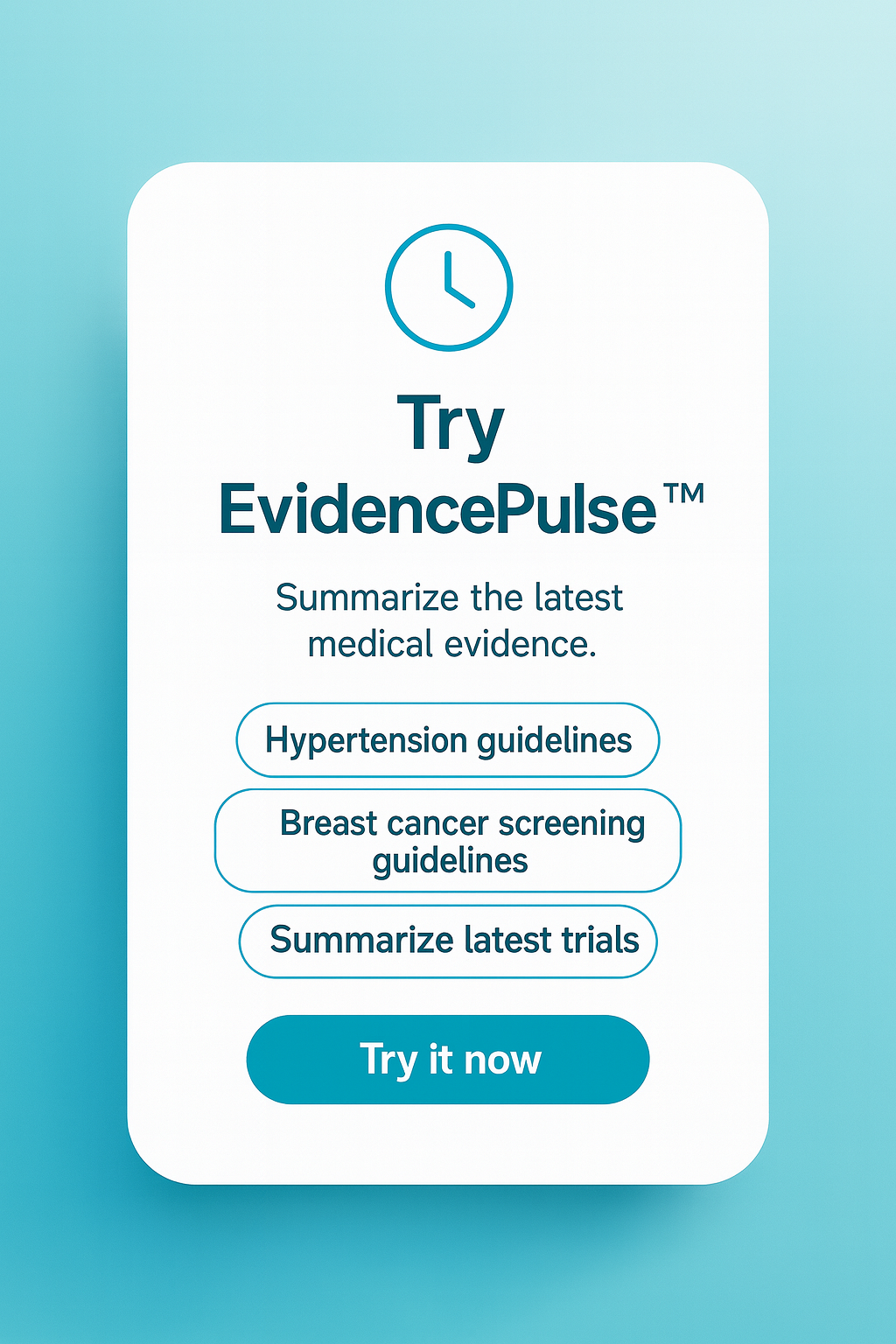CT findings independently predict costs associated with acute appendicitis
1. In patients with suspected acute appendicitis, baseline computed tomography (CT) studies identified predictors of surgical management, same-day discharge and repeat imaging or representation within 30 days, thereby secondarily predicting the costs of associated hospitalization and resource use.
2. Findings on CT showed that small appendiceal diameter, absence of periappendiceal free fluid, and undergoing laparoscopic surgery were independent predictors of same-day discharge. Patients who had higher scores on the Charlson comorbidity index (CCI) and thicker appediceal walls were more likely to require repeated imaging, and the presence of an appendicolith was the only predictor of repeat emergency department visitation within 30 days.
Evidence Rating Level: 2 (Good)
Study Rundown: In the current environment of managed care and the increasing involvement of governmental agencies in the economics of medicine, it is important for providers to develop guidelines to provide care in a cost-effective manner. CT imaging is increasingly utilized in the diagnosis of acute appendicitis, one of the most common causes of acute abdomen requiring prompt surgical intervention. Rapid diagnosis and surgical management may reduce the risk of perforation and prevent complications of acute appendicitis, in addition to saving healthcare dollars and other resources. While prior studies have explored links between patient outcome and imaging findings, the role of baseline CT in evaluation of acute appendicitis is still incomplete. To better guide the management of patients with suspected acute appendicitis, the present study aimed to evaluate how specific CT findings translate to health care costs by predicting the chance of inpatient surgery, repeat imaging, same-day discharge, and re-presentation to the emergency department. The researchers reviewed patients who underwent baseline CT following admission for suspected acute appendicitis and identified factors predictive of surgical intervention and hospital resource utilization.
Of the patients referred to surgery, the majority underwent laparoscopic treatment. Patients referred for surgery were of greater age and had lower CCI scores in addition to lesser thickness of the appendiceal wall, and an absence of loculated fluid collection and periappendiceal fluid. Small appendiceal diameter and absence of periappendiceal free fluid were independent predictors of same-day discharge, while higher CCI scores and thicker appediceal walls were more likely to require repeated imaging. Patients were significantly more likely to re-present to the emergency department if appendicoliths were visualized on initial CT examination. Each of these outcomes were associated with predicted costs, however estimates over $45 000 were poorly predicted. Limitations of this study included its performance at a single academic medical center and its small sample size, and a lack of cost generalizability. While these findings represent a major step forward for understanding the role of baseline imaging studies in predicting and shaping resource utilization, further studies are warranted before the identified predictors can be used to optimize resource utilization at other medical institutions.
Click to read the study in the American Journal of Roentgenology
Relevant Reading: The use of abdominal computed tomography scan decreases the frequency of misdiagnosis in cases of suspected appendicitis
In-Depth [retrospective cohort]: The study included 138 patients (76 men and 62 women; mean age: 40 ± 21 years) who underwent baseline CT following admission for suspected acute appendicitis. Linear and logistic regression was used to identify independent predictors of resource utilization from the viewpoints of both the patient and hospital. CT data were reviewed by a radiologist for appendiceal-related findings noting presence or absence of appendicoliths, periappendiceal free fluid, periappendiceal fat stranding, loculated right lower quadrant fluid collection, and extraluminal free air. 70.3% (97/138) of the patients underwent inpatient surgery, which was most often performed the same day as CT (53/97) or the day after imaging (38/97). 91.8% (89/97) of the surgeries were performed laparoscopically, with the remainder performed by an open approach. Significant independent predictors of whether a patient would undergo inpatient surgery included greater age (p = 0.029), lower CCI (p < 0.001), smaller appendiceal wall thickness (p = 0.004), absence of loculated right lower quadrant fluid collection (P = 0.006) and absence of periappendiceal free fluid (p = 0.018). These predictors collectively had a sensitivity of 92.7% (89/96) and specificity of 65.8% (25/38). 22 patients underwent appendectomy after discharge, resulting in a total of 84.1% (116) patients who received surgery for appendicitis.
The mean length of hospital stay was 2.8 ± 2.9 days (range, 1-17 days; median, 2 days), with 48.6% of patients discharged on the day of admission. Significant independent predictors of same-day discharge, collectively producing a sensitivity of 79.1% and specificity of 64.2% included: smaller appendiceal diameter (p = 0.003), absence of periappendiceal free fluid (p = 0.010), and performance of laparoscopic surgery (p = 0.003). Patients who were not surgically treated were managed via drain placement and antibiotics. 29.7% (41/138) of patients underwent repeat abdominopelvic CT scans which were predicted with combined sensitivity of 82.5% and specificity of 68.1%, they include: greater CCI (p < 0.001), greater appendiceal wall thickness (p = 0.005), and presence of periappendiceal free fluid (p = 0.016). In the 9.4% (13/138) of patients who had a subsequent emergency department visit within 30 days, the only significant predictor for this event was the presence of an appendicolith, with a sensitivity of 61.5% and specificity of 68.8%. In all, 8% of patients (11/138) had a repeat inpatient hospitalization for abdominal pain within 30 days. The mean total inpatient costs were $19 120 ± $13 422 (range, $3606-$90 382; median, $14 482). Significant independent predictors of greater inpatient costs included greater appendiceal diameter (p = 0.003) and presence of free air (p = 0.033). The costs increased with increasing appendiceal diameter in the presence of free air. In patients without free air and an appendiceal diameter of 6-27 mm, costs were predicted by the formula $8047.16 + ($745.02 x appendiceal diameter). In patients with free air and an appendiceal diameter of 11-19 mm, costs were predicted by the formula $-39 261 + ($4425.84 x appendiceal diameter). The analyses indicated that costs were poorly predicted once they exceeded $45 000.
Image: CC/Wiki/James Heilman, MD
©2015 2 Minute Medicine, Inc. All rights reserved. No works may be reproduced without expressed written consent from 2 Minute Medicine, Inc. Inquire about licensing here. No article should be construed as medical advice and is not intended as such by the authors or by 2 Minute Medicine, Inc.








